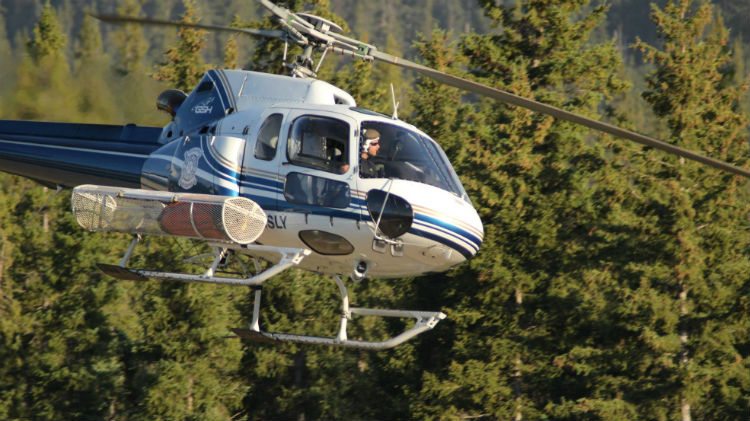Ground conditions are ‘relatively dry’ in areas between Yellowknife and the territory’s southwest as the NWT wildfire season begins.
That’s according to Richard Olsen, fire operations manager with the territorial government’s Department of Environment and Natural Resources.
The department held its first weekly briefing for the 2016 wildfire season Thursday. Fire season officially started on May 1.
Read: NWT Wildfire Season Could Start Hot And Fast, Says Scientist
Olsen says several parts of the territory experienced above-average temperatures over the winter, and those conditions are expected to carry into the spring.
“We’re still looking at ground conditions that are relatively dry from the area of Yellowknife down to Fort Liard,” he said.
“Throughout western Canada, we’ve been looking at conditions that have indicated very little snow in a lot of the areas and warmer conditions.
“We’re still looking for a continuation of normal to above-normal temperatures through May into June.”
That being said, Olsen also anticipates more precipitation than usual ahead of the summer.
Firefighters stationed in Fort Smith and Fort Providence are scheduled to begin “refresher” training next week, with training in more northern communities to follow.
Olsen says he expects most fire crews to be staffed in the weeks to come.
“We’re aware and being wary of what the conditions are and we’re just making sure we have things prepared and in place and able to respond when the conditions dictate.
“We expect that our full amount of fire crews will be staffed by just after the long weekend in May.”
In total, the NWT will have 144 firefighters at its disposal this summer, with an additional 140 support staff (technicians, air attack officers, support workers) on hand as well.
Read: NWT Offers Support To Those Affected By Fort McMurray Wildfire
Officials are bracing themselves for another busy wildfire season following two of the most intense summers on record.
2014 was the Northwest Territories’ worst forest fire season on record, when 385 fires burnt roughly 3.5 million hectares of land.
Despite a fast start to 2015, a total of 245 wildfires were recorded on the season, burning 646,954 hectares.
Olsen says precipitation and temperatures in the weeks to come will dictate how quickly the fire season starts in the NWT.
He also says it’s important to be mindful of where we live, and that forest fires are a natural phenomenon in this part of the country.
“We should always be aware that we live in the boreal forest and the boreal forest, ecologically, is rejuvenated through burning.
“We should be looking at … the ways individually, as a community and as a whole population how we can work together to help mitigate the risk and plan and prepare for these kinds of events.”
To track wildfire activity in the NWT, click here. As of Friday morning, there were no active fires throughout the territory.




